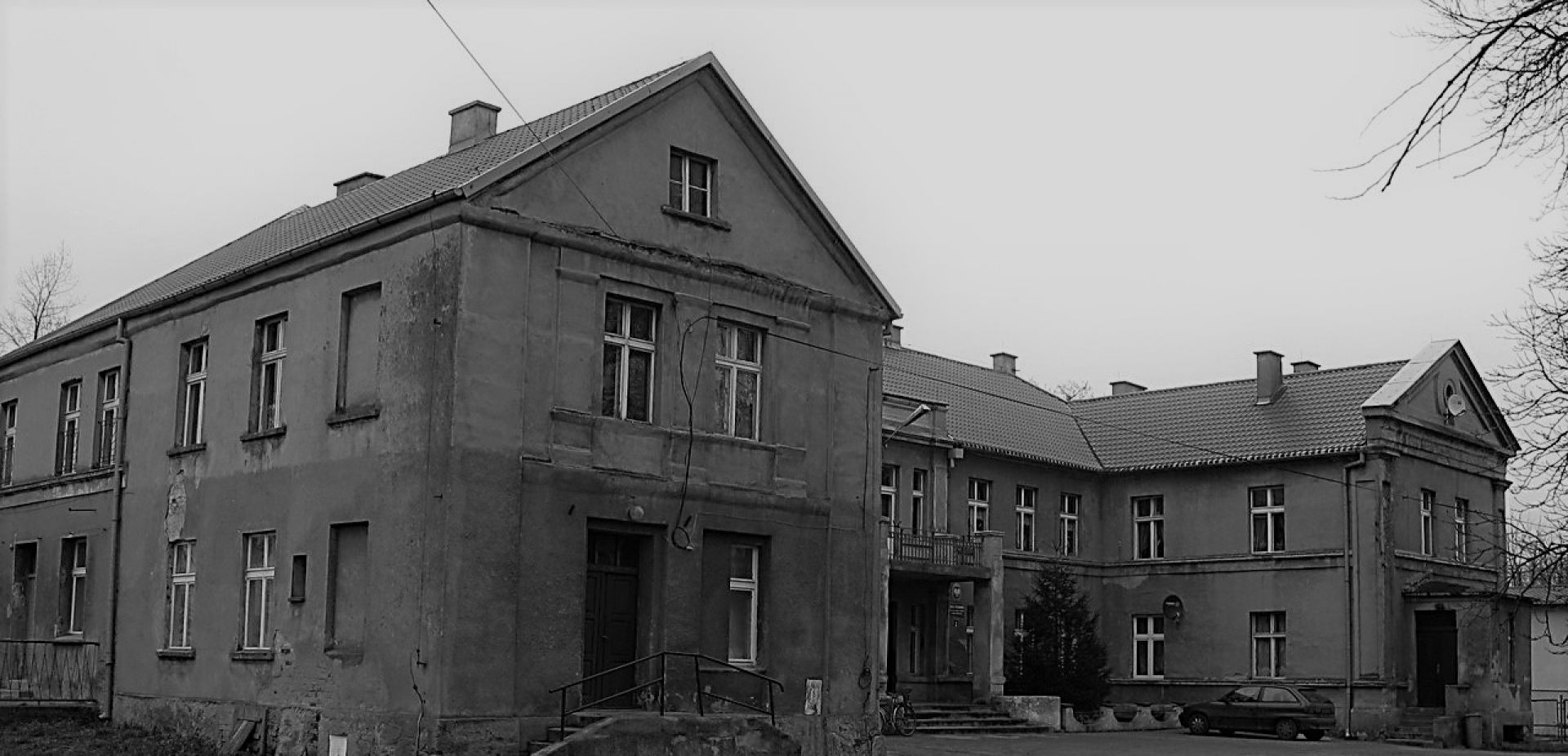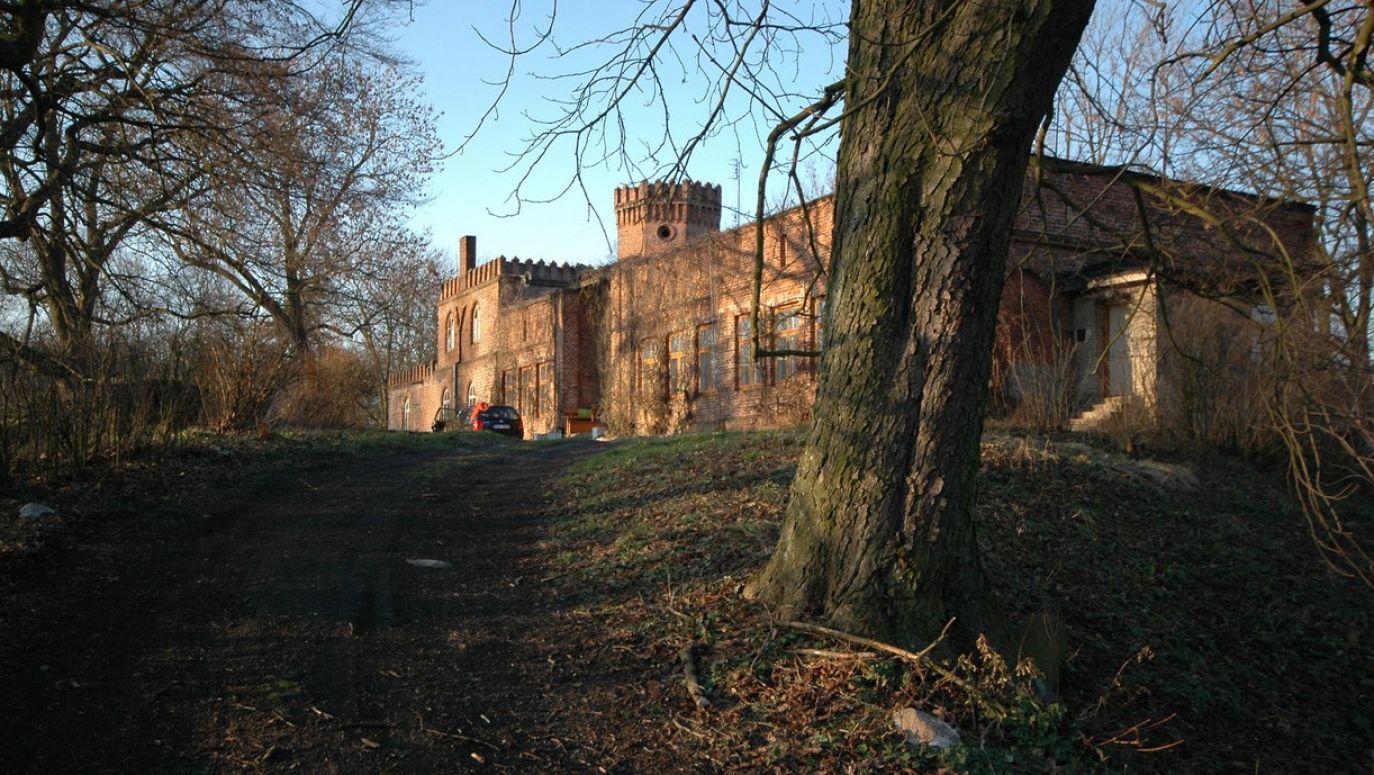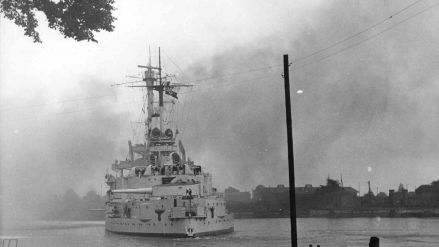
By irretrievably destroying the family archive and library, the Germans took revenge for the continuation for several decades of the oasis of Polishness created near Toruń during the Prussian partition. And then the Red Army and Communist administrators burned the rest of the estate in the middle of the dining room and conservatory, cut down the orchard, the manor park and filled in the ponds....
 SIGN UP TO OUR PAGE
SIGN UP TO OUR PAGE
 In the Polish-Russian War of 1830-1831, Lieutenant Alfred Zawisza Czarny served in the Płock Cavalry regiment. In 1833, Alfred's older brother Artur, going to the country on the orders of Colonel Józef Zaliwski to instigate an uprising there, took Borzewski with him, and ordered his younger brother to remain in the Belgian army. It was as if he sensed that both of them might die on this expedition. Arrested by the Russians, he was hanged by them on the corner of Wola, on the square that today bears his name. After Arthur's show execution, the Russians sequestered the huge estate of the Zawisza Czarni family in Łowicz, allowing his mother and youngest son to remain in the estate of Sobota, near Łowicz.
In the Polish-Russian War of 1830-1831, Lieutenant Alfred Zawisza Czarny served in the Płock Cavalry regiment. In 1833, Alfred's older brother Artur, going to the country on the orders of Colonel Józef Zaliwski to instigate an uprising there, took Borzewski with him, and ordered his younger brother to remain in the Belgian army. It was as if he sensed that both of them might die on this expedition. Arrested by the Russians, he was hanged by them on the corner of Wola, on the square that today bears his name. After Arthur's show execution, the Russians sequestered the huge estate of the Zawisza Czarni family in Łowicz, allowing his mother and youngest son to remain in the estate of Sobota, near Łowicz.


Following the campaign in Poland, Germany had further military campaigns on its agenda, including one against the Soviet Union.
see more



